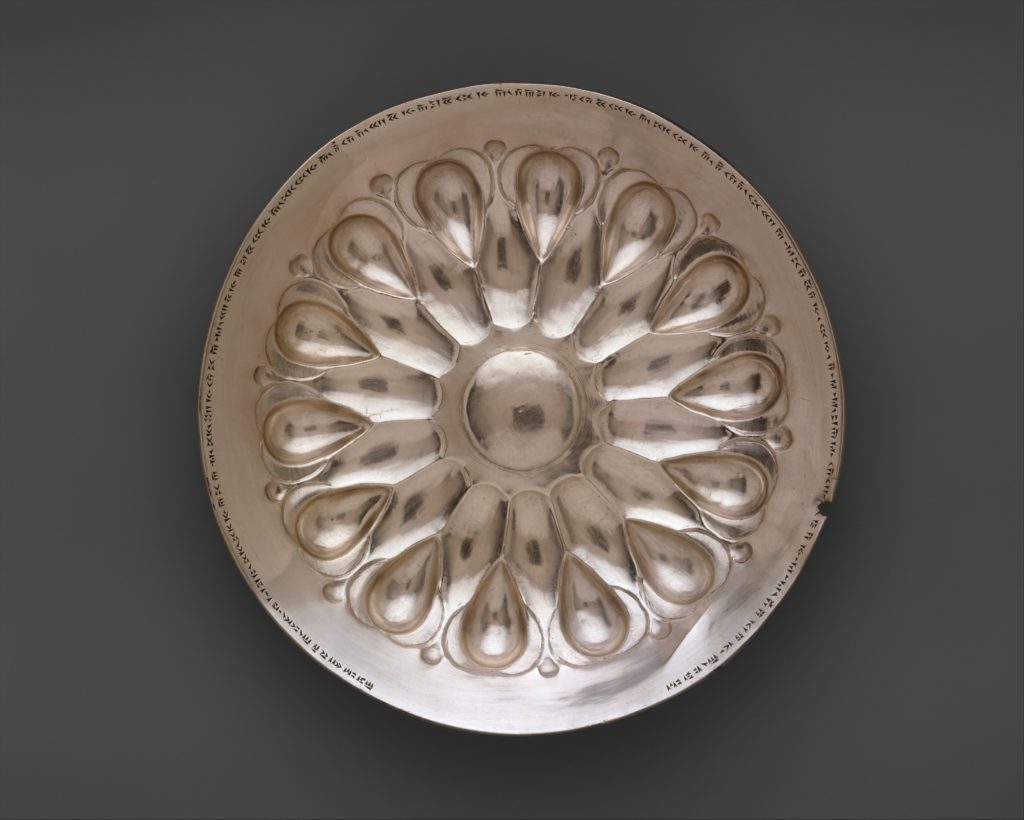I am pleased to report that it appears I will be teaching ancient Greek history at the University of California, Riverside this winter term. I say ‘appears’ because the faculty of the Comparative Literature department (where Classics lives at UCR) has voted to hire me, I am listed as the course instructor, and it’s too late to hire anyone else, but as far as I know the appointment hasn’t been finalized yet and the university administration is shutting down for the holidays! I shall proceed under the assumption that when the term begins in January everything will be in place. It will be an interesting experience to teach on both coasts simultaneously, which, strangely enough, has been made possible by the pandemic.
The most worthless book review ever
Normally I do not set much store by book reviews, but I could hardly ignore one I saw today in the Bryn Mawr Classical Review (2020.12.25). The review, by Catherine Michael Chin, is of The Tiny and the Fragmented: Miniature, Broken, or Otherwise Incomplete Objects in the Ancient World, edited by S. Rebecca Martin and Stephanie M. Langin-Hooper (Oxford University Press, 2018). I know the book, and also the editors and some of the contributors, and I was curious to see what the reviewer made of it, since it does grapple with some unusual topics in archaeological scholarship and has a broader geographical, chronological and intellectual remit than most things reviewed in the BMCR.
Now most book reviews fall into one of four categories, which I have listed below in ascending order of utility and descending order of entertainment value:
- Summaries: As boring and practical as they sound, especially when the review is in a different language than the book itself. These reviews tend only to provide major criticism when the book is fatally flawed for intellectual or technical reasons.
- Graduate student exercises: Many graduate students try their hands at reviews as a way of a) getting a free book and b) getting published. Like much student work, such reviews tend to be devoted to proving that the author has done the assigned reading, including both the book under review and anything else that is either tangentially related or laden with fashionable jargon.
- Flag-planting: Some scholars write reviews to indicate that they themselves are working on a project with a similar title, and thus use their reviews to explain how they would do a better job with the material or how their own projects (which may in fact never see the light of day) are actually completely different from the book in question.
- Vendettas: Some reviews are clearly by personal or academic animosity, either because of irreconcilable intellectual differences or good old fashioned grudges. Such reviews invariably make their authors and publication venues look bad, but great Caesar’s ghost are they exciting to read…
Chin’s review, which is characterized in the prefatory note as “a series of performance fragments,” falls off the typological chart altogether. It is hands down the most useless piece of drivel I have ever read in a scholarly venue, and I cannot fathom how it was published. I do not mean to suggest that Chin’s experience of the book is less valid than mine or anyone else’s. But the review completely fails to position the book in relation to its field — or anything other than Chin’s self-indulgence.
Kent Flannery once said “I’d rather be a second rate archaeologist than a third rate philosopher.” Well, unfortunately for all of us, Chin would rather be a third rate performance artist than a second rate book reviewer.
The Artaxerxes Phialai
I am pleased to announce that my paper “Ernst Herzfeld, Joseph Upton and the Artaxerxes Phialai” has just been published in volume 55 of the Metropolitan Museum Journal. This short paper arose from my research in the archives of the Met’s Persian/Iranian expedition, in which I found a letter by Met curator Joseph Upton to his boss Maurice Dimand (head of the Department of Near Eastern Art, which at the time included both ancient and Islamic art) reporting that a dealer had offered to sell him the Artaxerxes phialai (of one which is in the Met).

Achaemenid, Achaemenid
Silver; Height: 1 13/16″ ( 4.6 cm ) Diameter: 11 1/2″ ( 29.2 cm )
The Metropolitan Museum of Art, New York, Rogers Fund, 1947 (47.100.84)
http://www.metmuseum.org/Collections/search-the-collections/324026
This confirms Herzfeld’s own claim that he first saw the vessels with Upton, and makes it all the more unlikely that Herzfeld forged the inscription, as some have alleged in the past.
Incidentally, the Met’s phiale was not acquired by Upton; it was purchased by the museum in 1947 from the estate of Joseph Brummer, who had purchased it in 1940 from Arthur Upham Pope.
